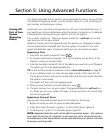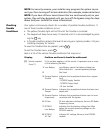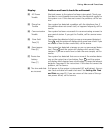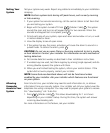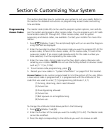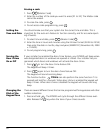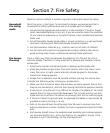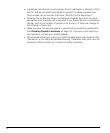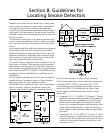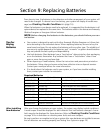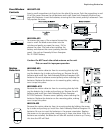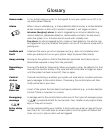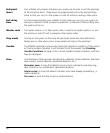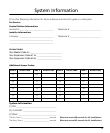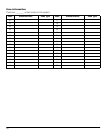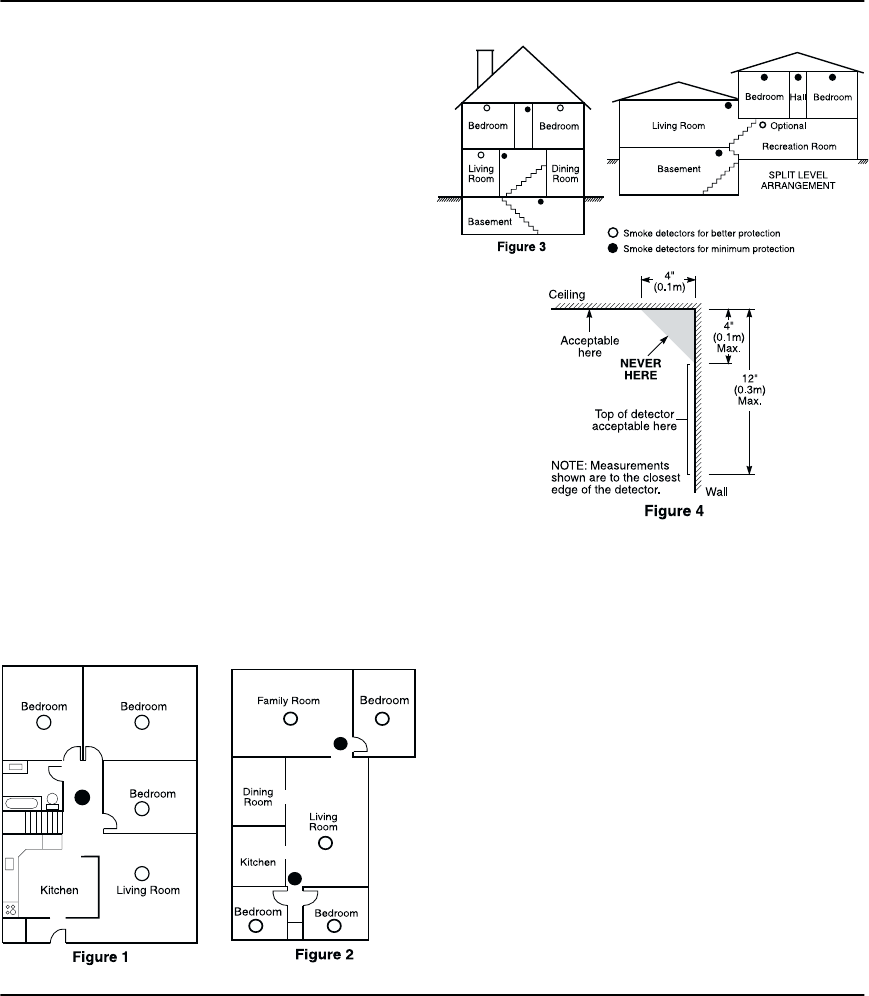
23
Section 8: Guidelines for
Locating Smoke Detectors
Research has shown that all hostile fires in homes gen-
erate smoke to a greater or lesser extent. Experiments
with typical fires in homes indicate that detectable
quantities of smoke precede detectable levels of heat in
most cases. For these reasons, smoke alarms should be
installed outside of each sleeping area and on each sto-
rey of the home.
The following information is for general guidance only
and it is recommended that local fire codes and regula-
tions be consulted when locating and installing smoke
alarms.
It is recommended that additional smoke alarms beyond
those required for minimum protection be installed.
Additional areas that should be protected include: the
basement; bedrooms, especially where smokers sleep;
dining rooms; furnace and utility rooms; and any hall-
ways not protected by the required units.
On smooth ceilings, detectors may be spaced 9.1m (30
feet) apart as a guide. Other spacing may be required
depending on ceiling height, air movement, the pres-
ence of joists, uninsulated ceilings, etc. Consult National
Fire Alarm Code NFPA 72, CAN/ULC-S553-M86 or other
appropriate national standards for installation recom-
mendations.
Do not locate smoke detectors at the top of peaked or
gabled ceilings; the dead air space in these locations
may prevent the unit from detecting smoke.
Avoid areas with turbulent air flow, such as near doors,
fans or windows. Rapid air movement around the
detector may prevent smoke from entering the unit.
Do not locate detectors in areas of high humidity.
Do not locate detectors in areas where the temperature
rises above 38
o
C
(100
o
F) or falls below 5
o
C (41
o
F).
Smoke detectors should always be installed in accor-
dance with NFPA 72, the National Fire Alarm Code.
Smoke detectors should always be located in accor-
dance with:
• Paragraph 2-2.1.1.1 of NFPA 72, Chapter 2: ‘
Smoke
detectors shall be installed outside of each separate
sleeping area in the immediate vicinity of the bed-
rooms and on each additional storey of the family
living unit, including basements and excluding crawl
spaces and unfinished attics. In new construction, a
smoke detector also shall be installed in each sleep-
ing room’.
• Paragraph 2-2.1.1.2 of NFPA 72, Chapter 2: ’Split
level arrangement: Smoke detectors are required
where shown. Smoke detectors are optional where
a door is not provided between living room and
recreation room’.



